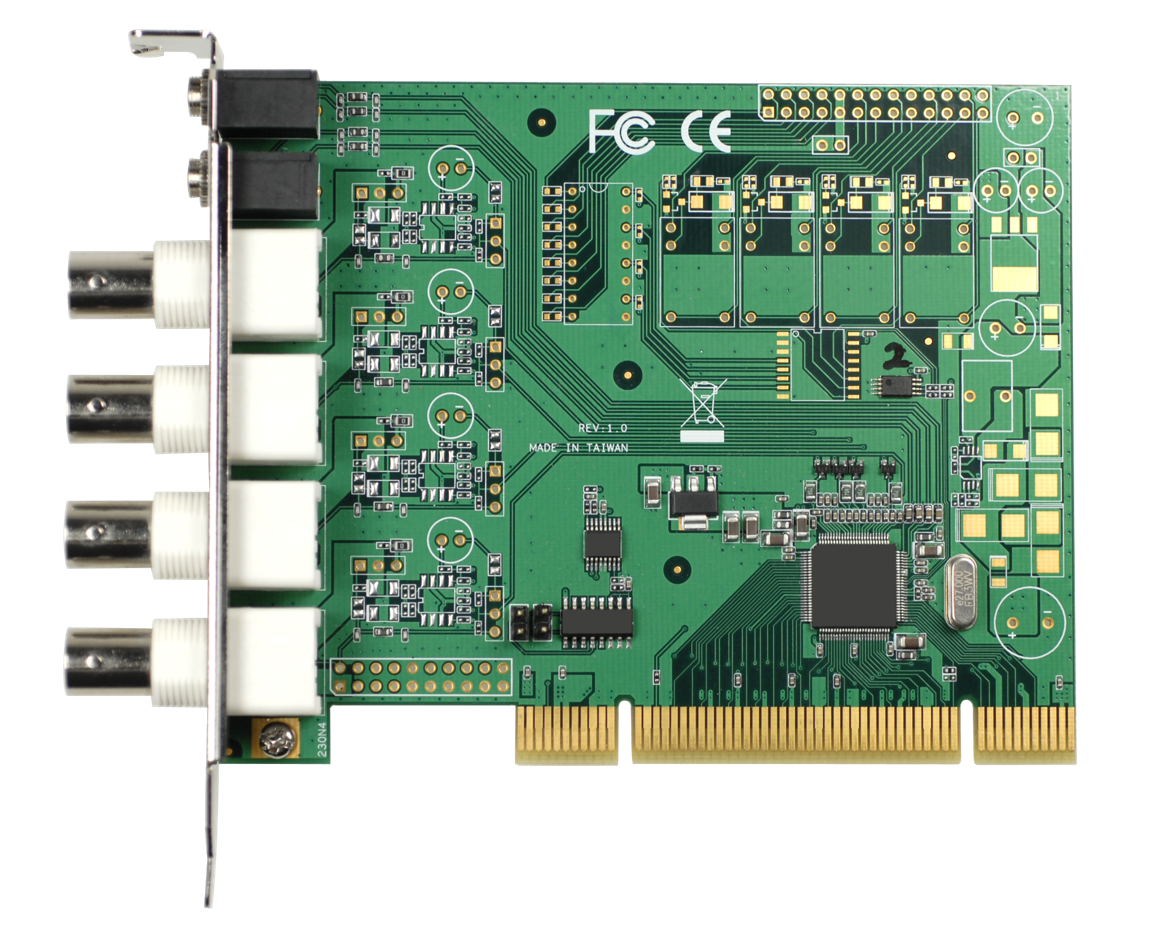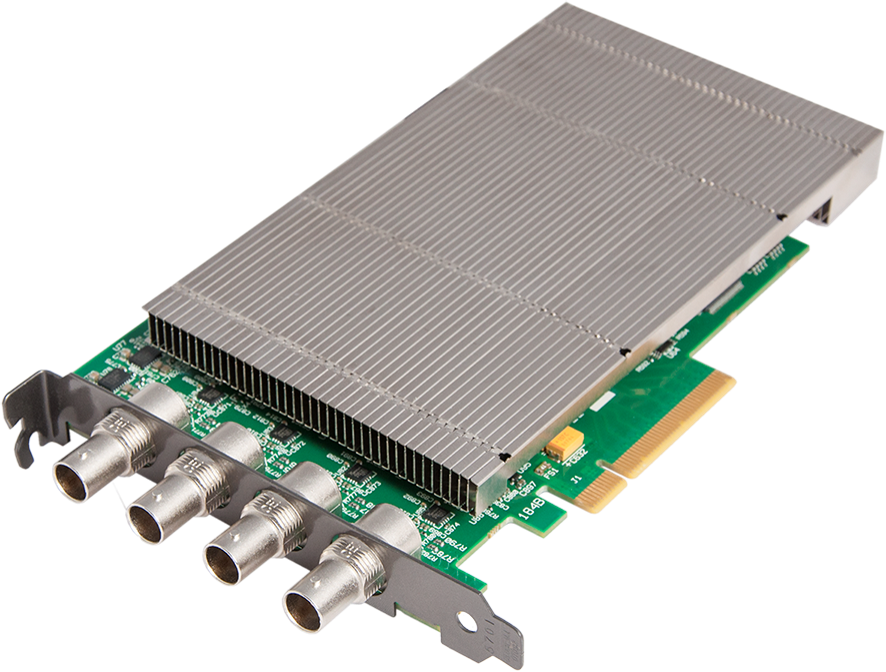Low Power Video Enhancement, Video Archival & Retrieval board is a FPGA based board which is used to perform the Video Jitter removal across different platforms. It is also used for video/image archival and retrieval using USB.
Applications
- For high quality video output for specific applications such as surveillance, general identity verification, traffic, criminal justice systems, civilian ormilitary video processing
- In building an archive system
- In Video Retrieval applications
Features
- A rugged board solution based on Artix-7 FPGA
- Memory: 6 Asynchronous SRAMs; 32Gb NAND Flash
- RTC and battery for time-stamping purpose
- Composite video supporting PAL-B format on right-angled SMB connector
- System Clock 40 Mhz
- USB 2.0 interface for video retrieval
- RS232 Serial interface
- 8 GPIOs
- Configuration Options: Through JTAG interface; Through SPI flash
- LEDs: Status; Power; FPGA; User LEDs
- Power Supply: 12V DC @2A output on Nicomatic Connector
- Industrial grade SMD components
Software Specifications
- A Window based Software GUI is provided in Tab format for ease of use
- One UART based GUI for controlling On-board video parameters for Video Archival and Video Jitter Correction
- The board can be run either in “snapshot mode” or in “video capture mode”.
- In snapshot mode, when user will press snap-shot button, then current frame (with time-stamp) will be stored in flash.
- In “video capture mode”, there are buttons for “capture start” and “capture stop”.Video file is saved in flash as separate jpeg filesin different folders. Video files are saved with time-stamp.
- Command to erase all the files present on board
- One USB based GUI for controlling board for retrieval of stored video
- User can view different snapshots and video files in GUI along with respective time-stamp.
- Command to set current time on board


